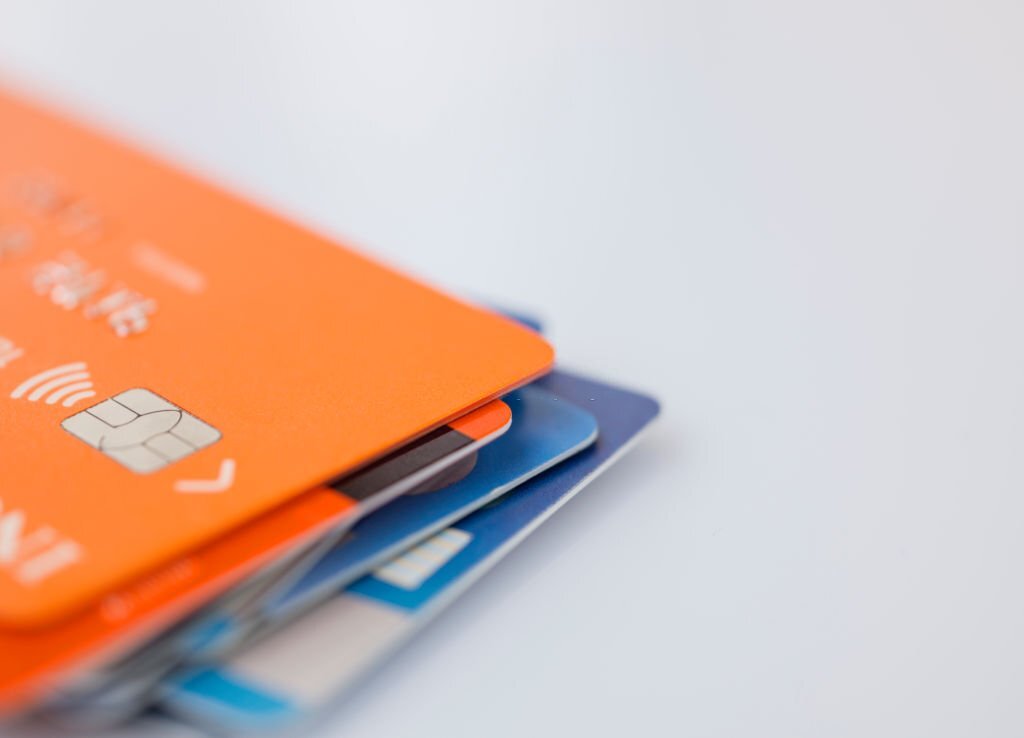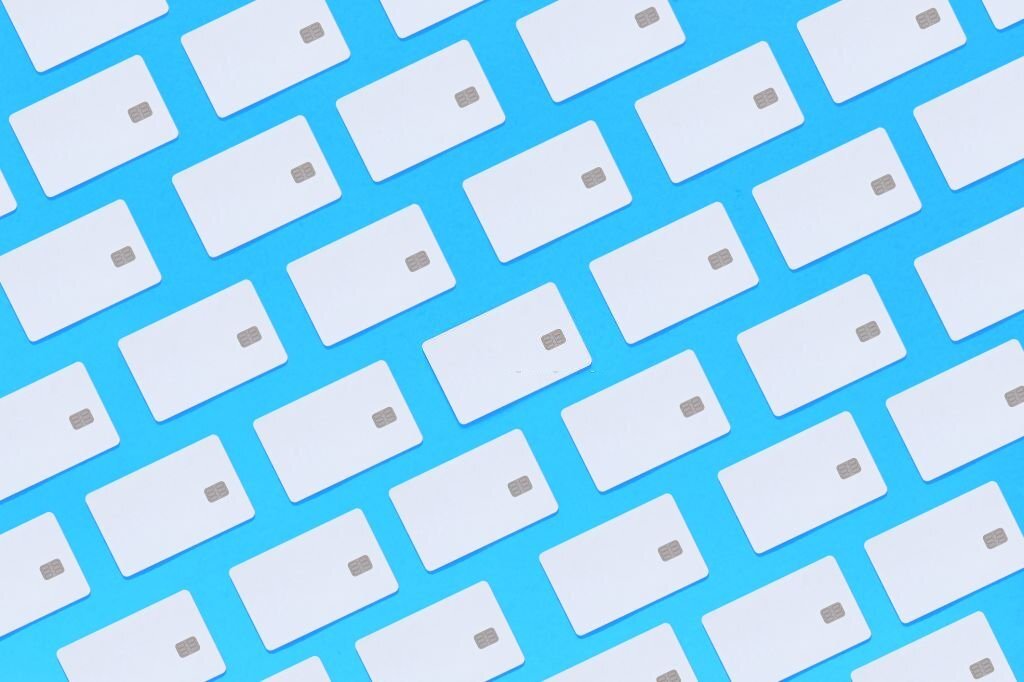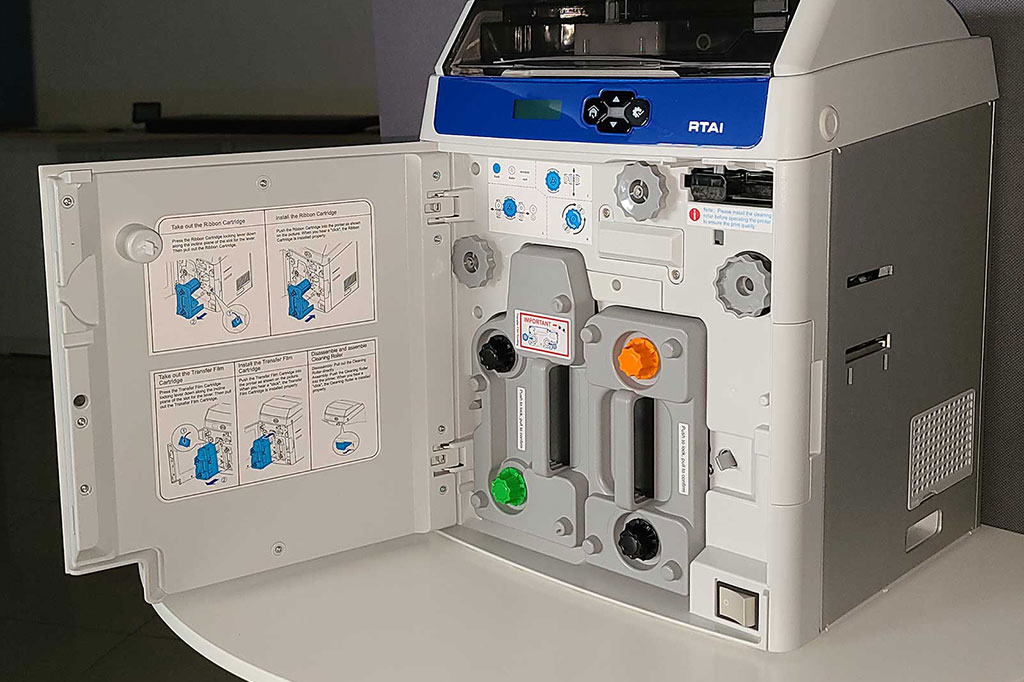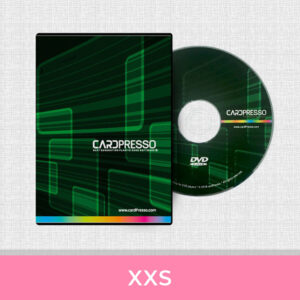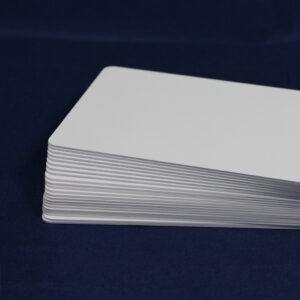Applications of Plastic Cards
Plastic cards are used in a variety of sectors, including Government, Corporate, Education, Healthcare, Hospitality, Entertainment, Transport and Retail. Their most common applications are:
Identification: Plastic cards are used for identification purposes, such as employee badges, student IDs, and driver’s licenses.
Loyalty Programs: Plastic cards are used for loyalty programs, such as gift cards and rewards cards.
Access Control: Plastic cards are used for access control, such as key cards and security passes.
Payments: Plastic cards are used for payments, such as credit cards, debit cards, and prepaid cards.
Memberships: These cards give holders access to exclusive benefits, such as restricted access, discounts, special events, and exclusive products.
Other Applications: Plastic cards are also used for a variety of other applications, such as hotel keys, and business cards.
Material and Colors
Plastic cards are typically made from PVC (Polyvinyl Chloride), which is durable and affordable. Polycarbonate is a more durable and expensive material than PVC and is often used for high-security applications. However, other materials, such as PET (Polyethylene Terephthalate) and ABS (Acrylonitrile Butadiene Styrene), can also be used.
Plastic cards can be printed in a variety of colors, including:
White: This is the most common color for plastic cards, as it is versatile and can be used for any purpose.
Clear: Clear plastic cards can be used to create a unique and eye-catching look.
Frosted: Frosted plastic cards have a matte finish that gives them a sophisticated look.
Metallic: Metallic plastic cards have a shiny finish that makes them stand out.
Custom: Plastic cards can also be printed in custom colors to match your branding.
Standard and Special Card Sizes
The standard size for a plastic card is CR-80/ID-1, which measures 3.375” x 2.125”. However, plastic cards can also be printed in a variety of special sizes, such as:
CR-79: This size is slightly smaller than CR80 measuring 3.303″ x 2.051″.
CR-100: This size is slightly larger than CR-80, measuring 3.5” x 2.5”.
CR-300: This size is three times the size of CR-80 and is often used for membership and loyalty cards.
Key tags: These are small plastic cards that can be attached to keys or other belongings.
Luggage tags: These are larger plastic cards that can be attached to luggage to identify it.
Professional Tips
Here are a few professional tips for designing and printing plastic cards:
- Use a high-quality design template to create your cards.
- Use high-resolution images and fonts.
- Choose a color scheme that is consistent with your branding.
- Use security features such as a hologram, watermark, or UV ink.
- Have your cards printed by a professional printer.
Other Considerations
When choosing plastic cards, there are a few other things to keep in mind, such as:
Security features: Plastic cards can be printed with a variety of security features, such as watermarks, holograms, and UV-reactive ink. These features can help to prevent counterfeiting and fraud.
Durability: Plastic cards can be printed with a variety of durable finishes, such as lamination and embossing. These finishes can help to extend the life of your cards and protect them from damage.
Cost: The cost of plastic cards will vary depending on the size, quantity, and features that you choose.
Recycling: Plastic cards can be recycled. Most plastic card manufacturers have recycling programs in place, so be sure to check with your manufacturer to see how you can recycle your used cards.
Personalization: Plastic cards can be personalized with your name, logo, and other information. This makes them a great way to promote your brand and create a professional image for your business.
Plastic cards are a versatile and durable solution for a variety of needs. If you are looking for a way to create professional and secure cards for your business or organization, plastic cards are a great option.
Explore our collection of Plastic Cards.
